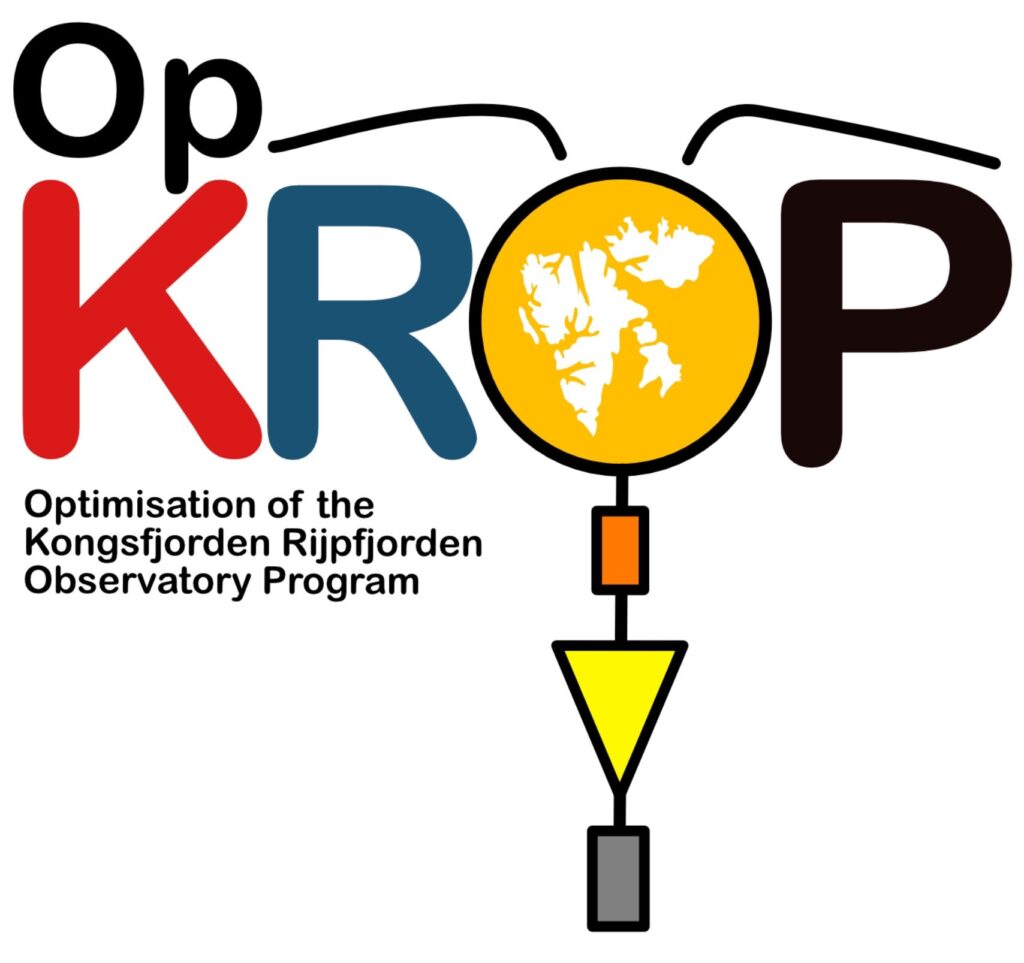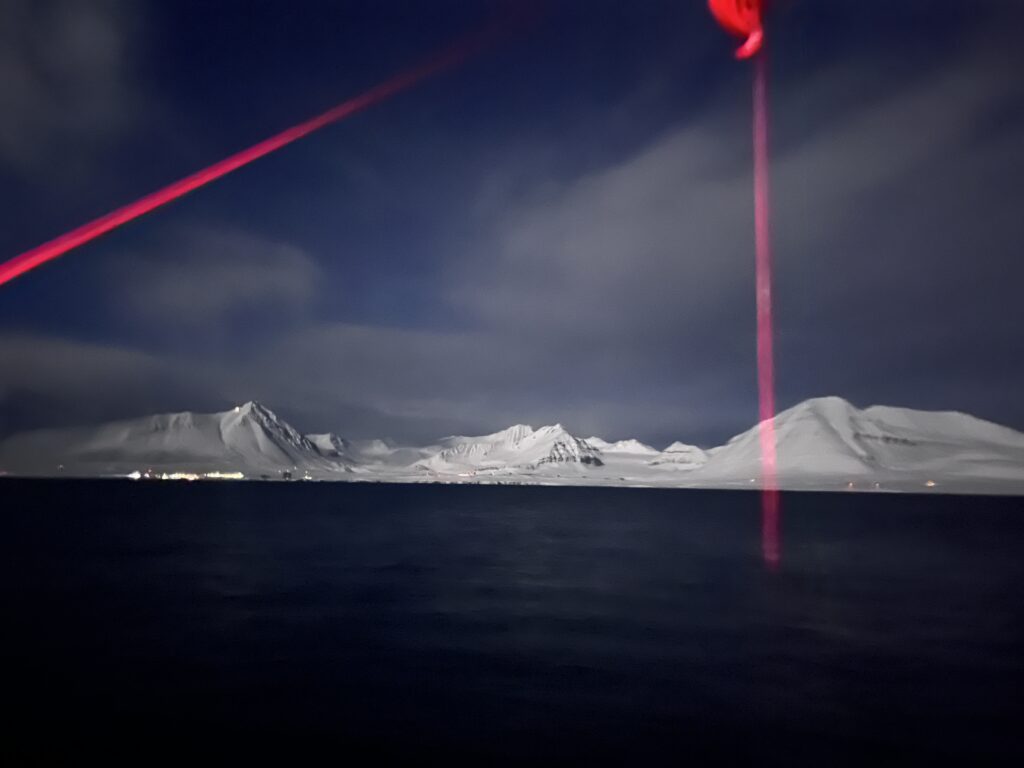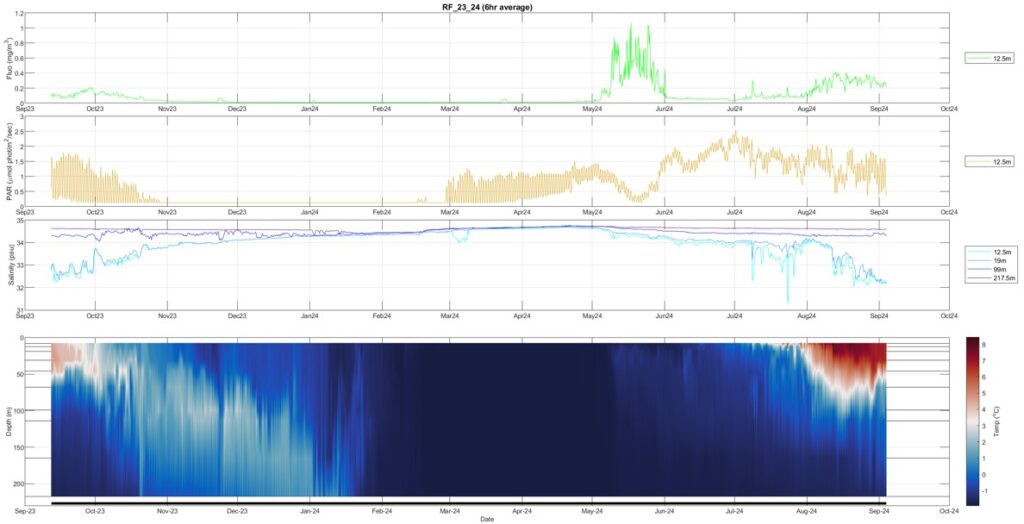OpKROP
The Optimisation of the Kongsfjorden Rijpfjorden Observatory Program

OpKROP is funded by the Research Council of Norway through the Polar Program under the call for “Svalbard in a pan-Arctic context”. The project will run from January 2024-December 2027
One of the longest marine time series in Arctic waters is the Kongsfjorden Rijpfjorden Observatory Program (KROP), established by UiT, UNIS and SAMS. KROP has been monitoring the marine environment in the Atlantic-influenced Kongsfjorden and the Arctic Rijpfjorden for almost 20 years by maintaining an underwater observatory in both fjords. OpKROP will enable us to synthesize and assess the data collected by KROP to document physical changes and biological response in the two contrasting fjords to gain new insights into the drivers and effects of Atlantification on fjord hydrography, community structure, zooplankton behaviour, and vertical flux. We will also conduct new comprehensive surveys of Kongsfjorden using UiTs unmanned surface vehicle. Combining historical data with new observations will result in a detailed understanding of these fjords as it relates to Atlantification. OpKROP will determine if the processes observed in Svalbard fjords are representative of all fjords, the Svalbard region, and the larger Arctic Ocean. Furthermore, OpKROP will to develop sound, reproducible protocols and a detailed data management plan and develop a long-term plan to ensure the continuation of this valuable time series.
The project is led by Malin Daase, UiT The Arctic University of Norway.

NEWS
OpKROP 2025
January 2025: First field campaign in Ny-Ålesund
6-20 January we conducted the first of 4 seasonal surveys in Kongsfjorden. Based in Ny-Ålesund, we used UiTs unmanned surface vehicle “Apherusa” to document the distribution of zooplankton and fish between the mooring site and the inner part of Kongsfjorden. At the same time we measured optical properties of the water column and sampled zooplankton using Kings Bay’s small vessel “Teisten”.
Read more in our field blog

Year 1: OpKROP activities in 2024
2024 had its challenges for some in the OpKROP Team, but overall we did achieve a lot in OPKROP
Field campaigns 2024
In June 2024 we had our first OpKROP field campaign in Kongsfjorden
While moored instruments generally provide data with very high temporal resolution, they only measure at one point in space. But how representative are these point measurements of the wider fjord system? To address this questions, we will have four dedicated seasonal surveys in 2025 with an unmanned surface vehicle in Kongsfjorden. The USV will conduct continuous sampling of the acoustics and periodic station profiling, extending form the mooring site to the inner fjord. These surveys will extend the geographical coverage of biological and biogeochemical observations by the mooring and provide first-of-their-kind data from the glacier front, a habitat that has until recently been inaccessible for scientific investigations because of safety regulations related to the use of a manned sampling platform. While the main surveys are planned for 2025, in June 2024 we had the opportunity to use UiT’s research vessel Helmer Hanssen to conduct a first field campaign in Kongsfjorden. We were super lucky with the weather, and managed not only to conduct USV surveys at the mooring site and at two of the glacier fronts, but we also serviced the two additional moorings we have currently placed in Kongsfjorden in collaboration with colleagues from the Norwegian Polar Institute and from AWI, conducted a CTD transect, took water and plankton samples and trawl for fish. In addition, we managed to take samples at long term stations in Isfjorden. All within 5 days!
Mooring cruise September 2024
In September 2024, we went again out with Helmer Hanssen, this time to recover and re-deploy the moorings in both Kongsfjorden and Rijpfjorden. Everything went smoothly, and the data showed a cold winter but warm summer in both fjords


Data published
In November, all oceanographic data from 2002-2024 from both Konsgjforden and Rijpfjorden (since 2006) had finally been publsihed in its entirety on our data portal! Hurra!



